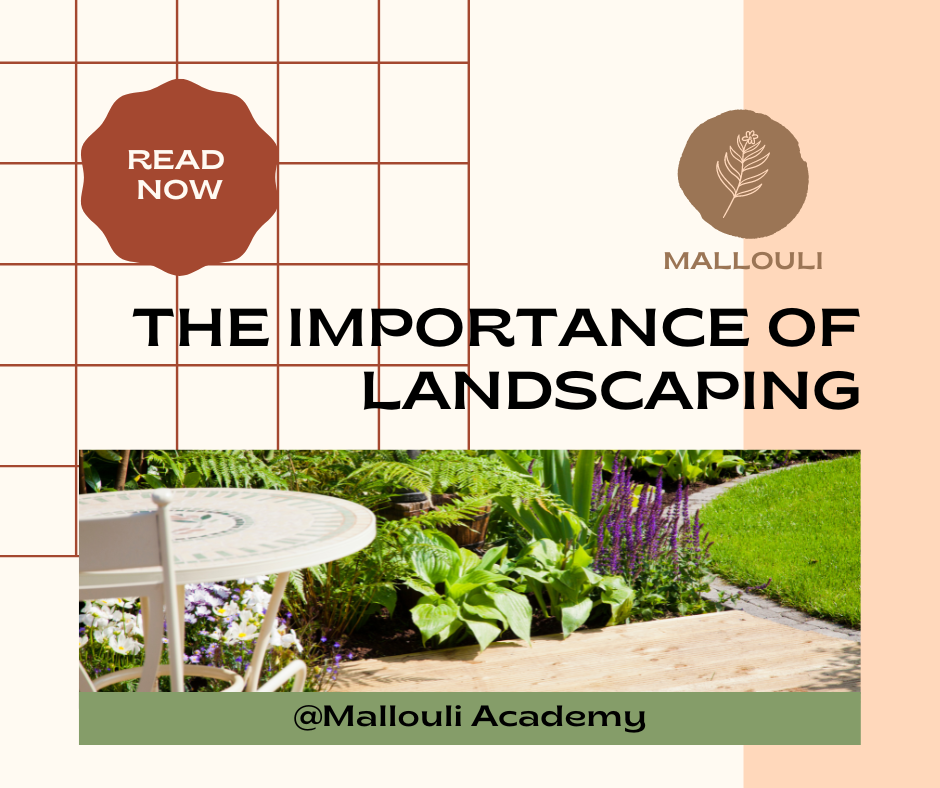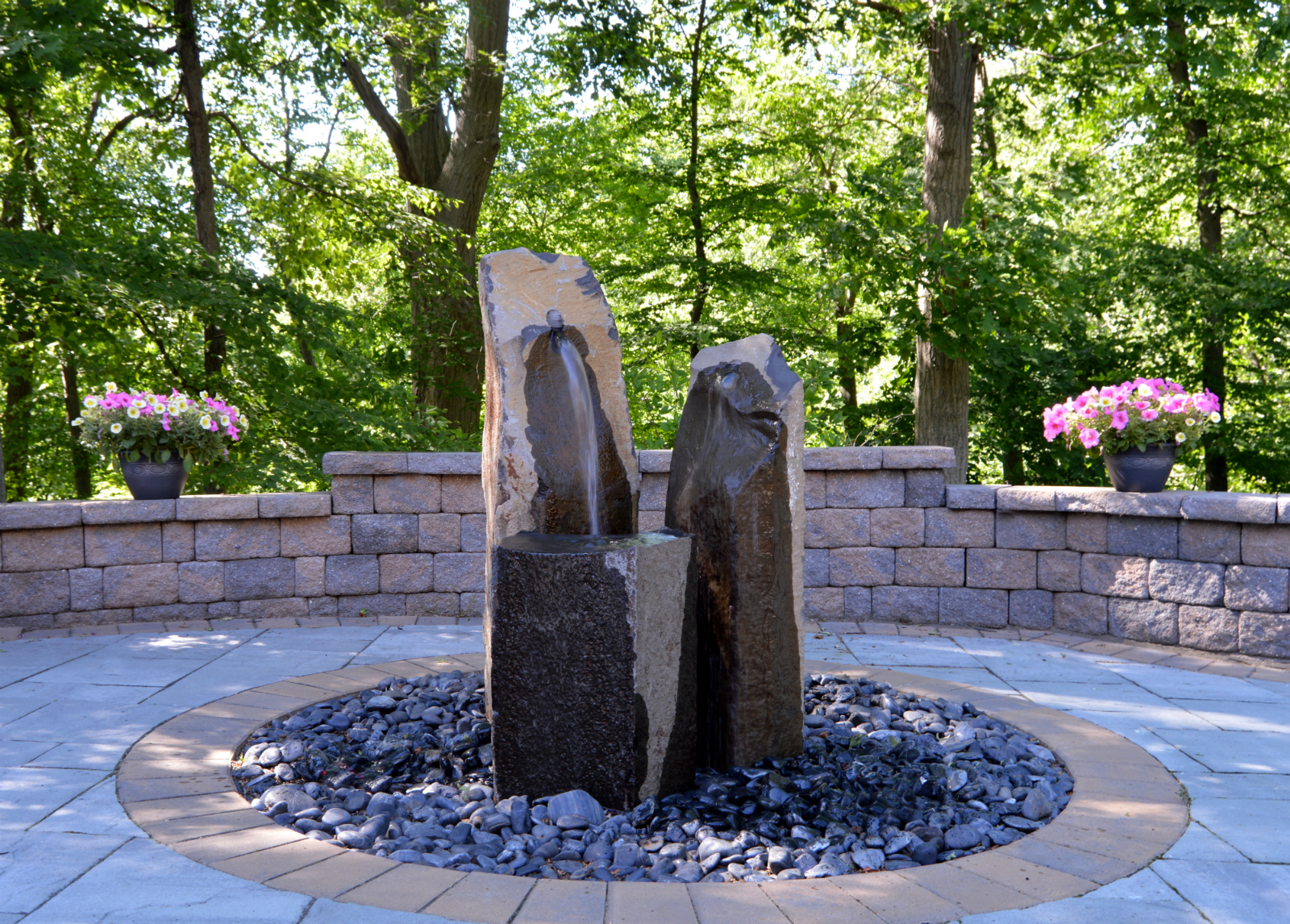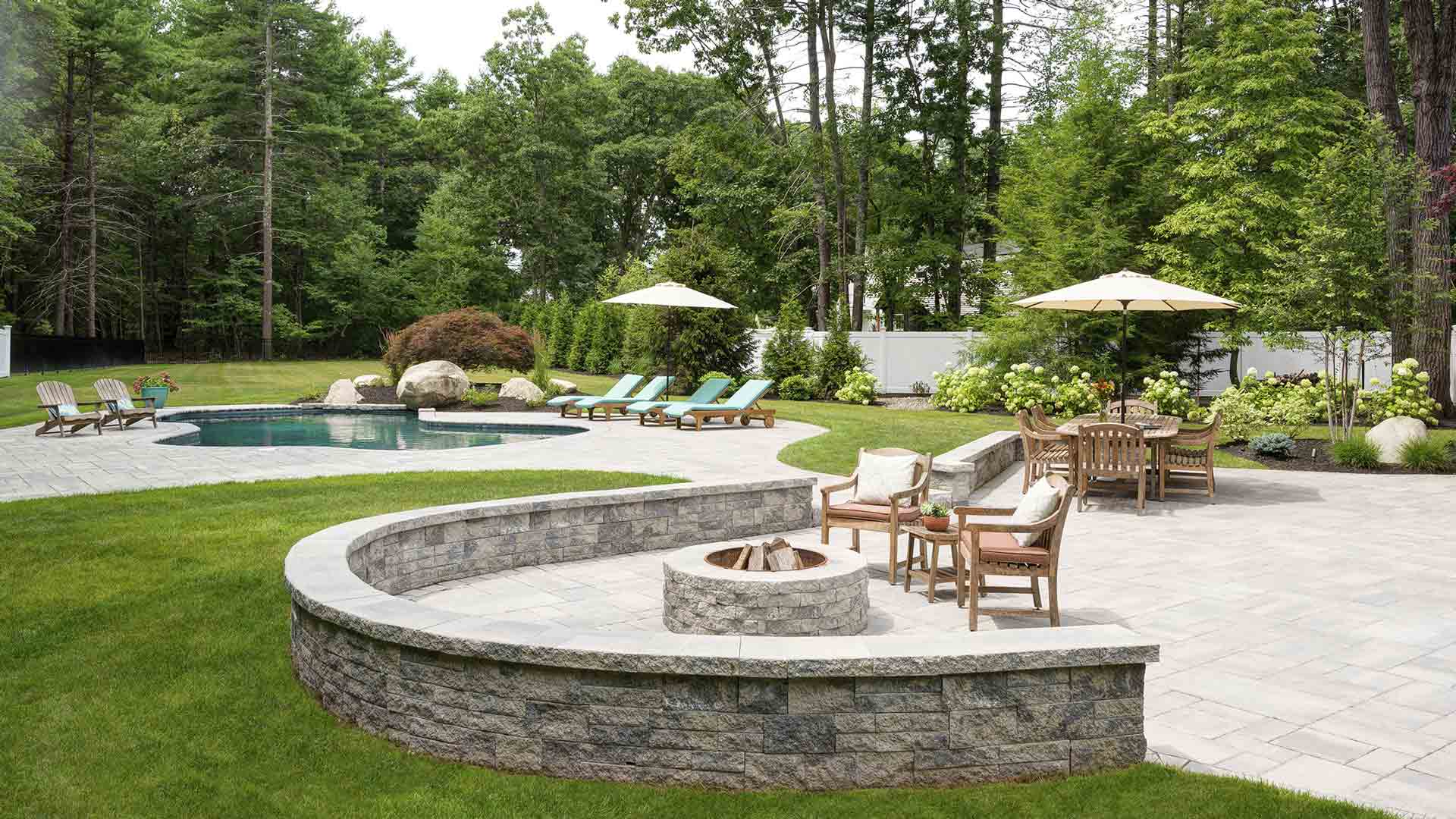Examine This Report about Landscape Design
The 9-Second Trick For Landscape Design
Table of ContentsA Biased View of Landscape DesignThe 30-Second Trick For Landscape DesignLandscape Design Fundamentals Explained8 Simple Techniques For Landscape DesignLandscape Design Can Be Fun For Everyone
A yard can usually be split into three locations: public (the front lawn), exclusive (the back backyard), and solution (commonly the side lawn). The place of task locations depends mainly on the type of location, the dimension of area needed, the kind of activity, and the wanted distance to other tasks and structures.The outdoors wall surface of the residence often acts as the initial wall or starting point of an outside area. Inappropriate uses need to be divided, and related tasks, such as cooking and eating, must be placed with each other to make the yard extra efficient and pleasurable. When making use of hardscape to create areas, use building and construction material comparable to that utilized in your house for connection from your house into the yard.
Connected spaces. Credit Scores: Gail Hansen, UF/IFAS Using similar hardscape attributes and duplicating plants draws the eye around the yard.
The 7-Second Trick For Landscape Design

For mental convenience plants are used as physical or suggested barriers for personal privacy and safety and security. Physical obstacles block both the view and access to a space and include fences, wall surfaces and plant hedges.
Physical and indicated barriers. Credit History: Gail Hansen, UF/IFAS For these reasons, the kinds of plants to be utilized (such as trees, shrubs, or groundcovers) need to be chosen in the very early phases of planning (Landscape Design). Plant types are chosen for their functional capacities to make sure that their future objective and required area can be considered at the exact same time

An Unbiased View of Landscape Design
Each plant mass is in front of, behind, or following to, an additional mass. Credit History: Gail Hansen, UF/IFAS Duplicating plants within a mass and duplicating masses with comparable plants links the yard with each other. The private plant attributes need to be thought about to effectively layer and mass plants.
All plant structures start with the major framework plants, the huge, primarily evergreen history plants-such as the trees visit this site and big hedges. These plants different or enframe areas, manage the size of the area, and supply the starting point for choosing the proper features of the 2nd layer, midground plants, for massing and see it here infill.
Vital points in the yard need to be highlighted by the usage of one-of-a-kind plants, distinctive frameworks, or garden ornaments. Marking limits or entrances to rooms can be finished with gates, arbors, and actions, or with making use of special and vibrant plants. The form and/or style theme of the garden will frequently assist identify the essential points and just how they need to be highlighted.
Various other crucial places in the backyard are focal points, which is made use of to visually arrange a landscaped area. Various perspectives or point of views can disclose various structures in the landscape that might call for a variety of focal factors.
The 15-Second Trick For Landscape Design

Number 13. Plant forms. Credit History: Gail Hansen, UF/IFAS After type, texture is the next dominant attribute of a plant; crude, tool and great appearances can be made use of for contrast and emphasis in the landscape. Visit Website Form and texture both trump color in the yard for the majority of the year. Nevertheless, during particular periods, shade will certainly be the most noticeable characteristic of the yard.
The pleasurable scent of plants, the audio of wind in the trees, the audio and structure of water, and the shades and structures of sculptures, pots and garden furnishings all include in the experience of the yard. One detail that is commonly neglected is the result of light on the visual appeals of the plants.

What Does Landscape Design Mean?
It is very important to understand the ultimate fully grown dimension of plants so they can be placed in the right location and spaced properly when they are installed. Offering plants space to grow is a challenge due to the fact that the typical fully grown dimension is normally based upon optimum expanding conditions and the ecological problems of a website may trigger a plant to enlarge or stay smaller.